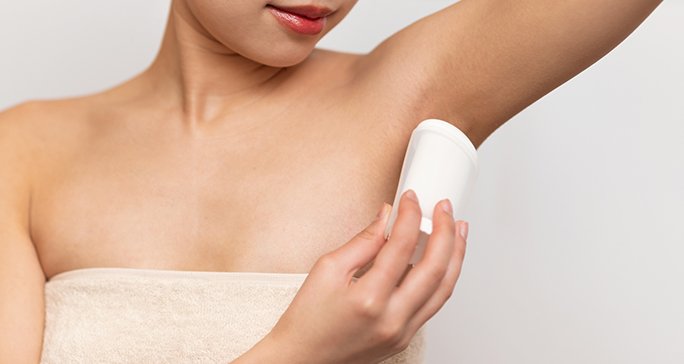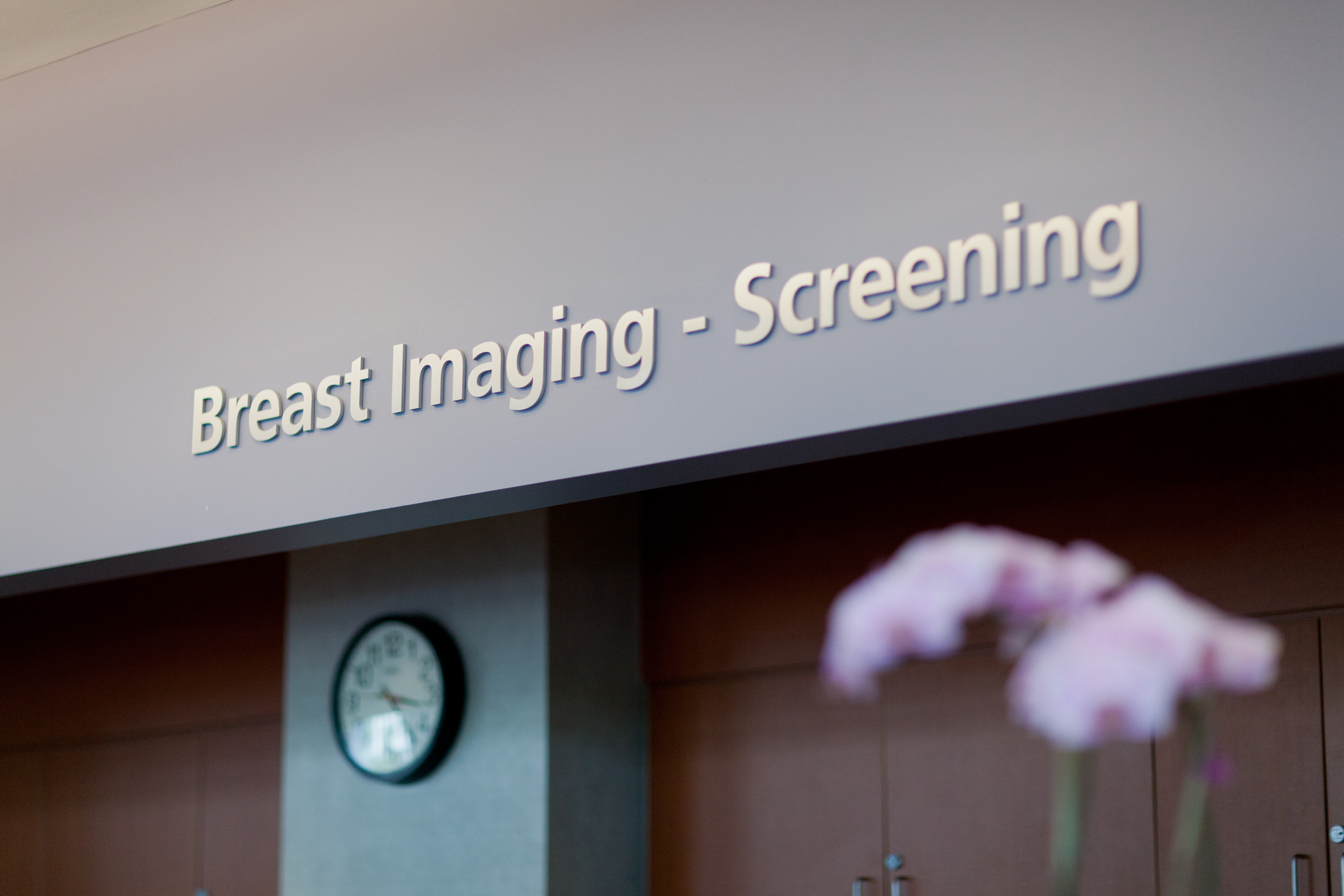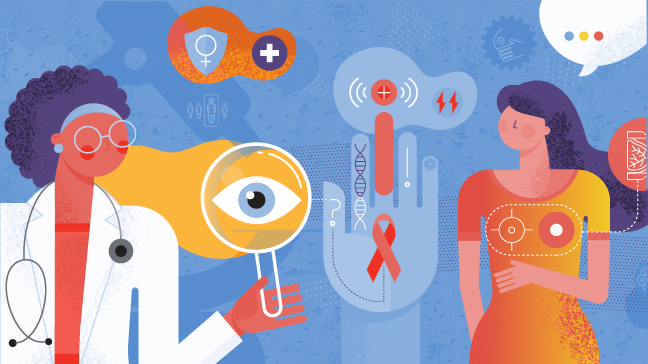- Diseases
- Acoustic Neuroma (14)
- Adrenal Gland Tumor (24)
- Anal Cancer (66)
- Anemia (2)
- Appendix Cancer (16)
- Bile Duct Cancer (28)
- Bladder Cancer (68)
- Brain Metastases (28)
- Brain Tumor (230)
- Breast Cancer (716)
- Breast Implant-Associated Anaplastic Large Cell Lymphoma (2)
- Cancer of Unknown Primary (4)
- Carcinoid Tumor (8)
- Cervical Cancer (154)
- Colon Cancer (164)
- Colorectal Cancer (110)
- Endocrine Tumor (4)
- Esophageal Cancer (42)
- Eye Cancer (36)
- Fallopian Tube Cancer (6)
- Germ Cell Tumor (4)
- Gestational Trophoblastic Disease (2)
- Head and Neck Cancer (6)
- Kidney Cancer (124)
- Leukemia (344)
- Liver Cancer (50)
- Lung Cancer (288)
- Lymphoma (284)
- Mesothelioma (14)
- Metastasis (30)
- Multiple Myeloma (98)
- Myelodysplastic Syndrome (60)
- Myeloproliferative Neoplasm (4)
- Neuroendocrine Tumors (16)
- Oral Cancer (100)
- Ovarian Cancer (170)
- Pancreatic Cancer (166)
- Parathyroid Disease (2)
- Penile Cancer (14)
- Pituitary Tumor (6)
- Prostate Cancer (144)
- Rectal Cancer (58)
- Renal Medullary Carcinoma (6)
- Salivary Gland Cancer (14)
- Sarcoma (236)
- Skin Cancer (296)
- Skull Base Tumors (56)
- Spinal Tumor (12)
- Stomach Cancer (60)
- Testicular Cancer (28)
- Throat Cancer (90)
- Thymoma (6)
- Thyroid Cancer (98)
- Tonsil Cancer (30)
- Uterine Cancer (78)
- Vaginal Cancer (14)
- Vulvar Cancer (18)
- Cancer Topic
- Adolescent and Young Adult Cancer Issues (20)
- Advance Care Planning (10)
- Biostatistics (2)
- Blood Donation (18)
- Bone Health (8)
- COVID-19 (362)
- Cancer Recurrence (120)
- Childhood Cancer Issues (120)
- Clinical Trials (624)
- Complementary Integrative Medicine (24)
- Cytogenetics (2)
- DNA Methylation (4)
- Diagnosis (230)
- Epigenetics (6)
- Fertility (64)
- Follow-up Guidelines (2)
- Health Disparities (14)
- Hereditary Cancer Syndromes (122)
- Immunology (18)
- Li-Fraumeni Syndrome (8)
- Mental Health (118)
- Molecular Diagnostics (8)
- Pain Management (62)
- Palliative Care (8)
- Pathology (10)
- Physical Therapy (18)
- Pregnancy (18)
- Prevention (894)
- Research (390)
- Second Opinion (74)
- Sexuality (16)
- Side Effects (604)
- Sleep Disorders (10)
- Stem Cell Transplantation Cellular Therapy (216)
- Support (404)
- Survivorship (322)
- Symptoms (184)
- Treatment (1774)
9 things to know about breast biopsies
5 minute read | Published March 01, 2024
Medically Reviewed | Last reviewed by an MD Anderson Cancer Center medical professional on March 01, 2024
Getting a breast biopsy? You might be wondering what it is and how it works.
A breast biopsy is a diagnostic procedure in which a doctor removes a small amount of breast tissue to examine under a microscope. If the tissue sample shows cancer, the physician can have it analyzed further to provide the most accurate diagnosis — a critical first step in getting patients the best treatment possible for their particular type of breast cancer.
A biopsy may be ordered when:
- a mammogram or other breast imaging, such as an ultrasound, reveals an abnormality
- you feel a lump in your breast, and/or
- your doctor notices something suspicious, such as dimpling or a change in skin texture, during a clinical exam.
We spoke with breast surgical oncologist Makesha Miggins, M.D., to learn more. Here’s what she had to say.
What are the types of breast biopsies?
There are two main types of breast biopsy:
- A surgical breast biopsy is performed by a surgeon or radiologist in an operating room. It involves making an incision in the skin.
- A needle biopsy is performed by a radiologist in an exam room or radiology suite. It is done by inserting a needle through the skin.
There are two main subtypes of breast needle biopsy:
- fine needle aspiration uses a thin, hollow needle attached to a syringe, and
- core needle biopsy uses a larger needle that removes a small, tube-shaped piece of tissue with a spring-loaded device or a vacuum-assisted device.
It’s important to pinpoint all areas of concern and pull tissue from those exact spots. That's why doctors sometimes use an ultrasound — or a mammogram or MRI, in some cases — to guide a breast needle biopsy. Mammogram-guided biopsies are also sometimes called stereotactic biopsies.
Small metallic markers called clips may be placed in your breast and left there. This allows doctors to know the exact location of a previous biopsy, in case more tissue needs to be removed for analysis.
How painful is each kind of biopsy, and how long does it take to recover?
It’s hard to say how painful a breast biopsy is. Pain is so subjective, and each patient tolerates discomfort differently.
But most patients describe the sensation they feel during a biopsy as pressure, rather than pain. And radiologists and/or technicians are always on hand during needle biopsies to make sure patients feel calm, safe and comfortable during the procedure.
Most people have a short recovery time, but it can vary depending on the amount of bleeding and/or bruising. Core needle biopsies are more likely to result in bruising than breast fine needle biopsies, and it can take several weeks for that to go away.
Your doctor can answer questions about your specific recovery time and how to take care of an area that’s been biopsied.
Do any breast biopsies require general anesthesia or an overnight stay in the hospital?
A breast needle biopsy is done with local anesthesia, so it does not require general anesthesia. That means most people can return to their normal activities as soon as a needle biopsy is over.
A surgical breast biopsy may require general anesthesia but typically won’t require an overnight hospital stay. So, if you undergo that type of biopsy, you should feel ready to resume normal activities by the next day.
How do doctors determine which biopsy is best for a particular patient?
Radiologists determine how much tissue is needed and what kind of imaging will best allow them to see it for a needle biopsy.
Surgical biopsies are only needed if an area of concern can’t be needle-biopsied or more tissue is needed to make an accurate diagnosis.
Is there ever a time when a patient should ask their doctor for a biopsy?
In most cases, you should not have to ask for a breast biopsy. Doctors only want to do one when it’s absolutely necessary. So, they will only recommend it if there’s a suspicious finding on a mammogram, ultrasound or MRI, or a concerning clinical finding.
If your scans are normal and you don’t have any worrisome symptoms, there’s no need for a biopsy.
What are the potential risks of a breast needle biopsy?
All medical procedures come with some element of risk. The most common ones following any type of breast biopsy are:
- pain
- bleeding
- infection
The risk of infection at the biopsy site is very small, and any bleeding is usually minor and resolves on its own. Pain and discomfort can normally be managed with over-the-counter pain relievers, such as Tylenol or ibuprofen.
Keep in mind that we won’t recommend a breast biopsy unless it’s really needed. So, if your doctor suggests one, you can trust that it’s because the benefits of getting a breast biopsy far outweigh the risks.
How long does a breast biopsy take?
The actual biopsy itself is very short. It only takes about a minute or so.
But first, we have to find the right area, then perform the biopsy, and then take another image to confirm that any clips we left behind are in the right place(s).
The entire process can take a couple of hours.
Why should you have your breast biopsy done at MD Anderson?
Our radiologists receive specialized training in both breast imaging techniques and how to perform breast biopsies.
Our pathologists specialize in specific diseases as well, so they are incredibly skilled at identifying abnormalities in breast tissue.
Each year, our breast radiologists perform more than 2,000 ultrasound-guided biopsies, 750 stereotactic biopsies and 250 MRI-guided breast biopsies. So, our doctors perform virtually every type of breast biopsy routinely.
MD Anderson also provides comprehensive cancer care. That means if a breast biopsy reveals cancer, our specialized team of breast surgical oncologists, medical oncologists and radiation oncologists will work together to develop a treatment plan personalized for you.
Our team approach ensures that you'll have access to any additional support services you might need, such as physical therapists, dietitians and social work counselors. So, patients who come to MD Anderson can expect to receive expert care from people who specialize in breast cancer from diagnosis to treatment and survivorship. We’re experts at every stage of cancer care.
Is there anything else readers should know about breast biopsies?
If you hear odd noises during your breast biopsy, don’t be alarmed. A loud snap or pop is usually just the needle being deployed. And a drilling sound is very common with vacuum-assisted devices.
Remember: most breast biopsies do not end in a cancer diagnosis. Between 75% and 80% of all breast biopsies turn out to be benign. That means they’re not cancerous.
Request an appointment at MD Anderson online or by calling 1-844-625-0433.

Most breast biopsies do not end in a cancer diagnosis.
Makesha Miggins, M.D.
Physician





